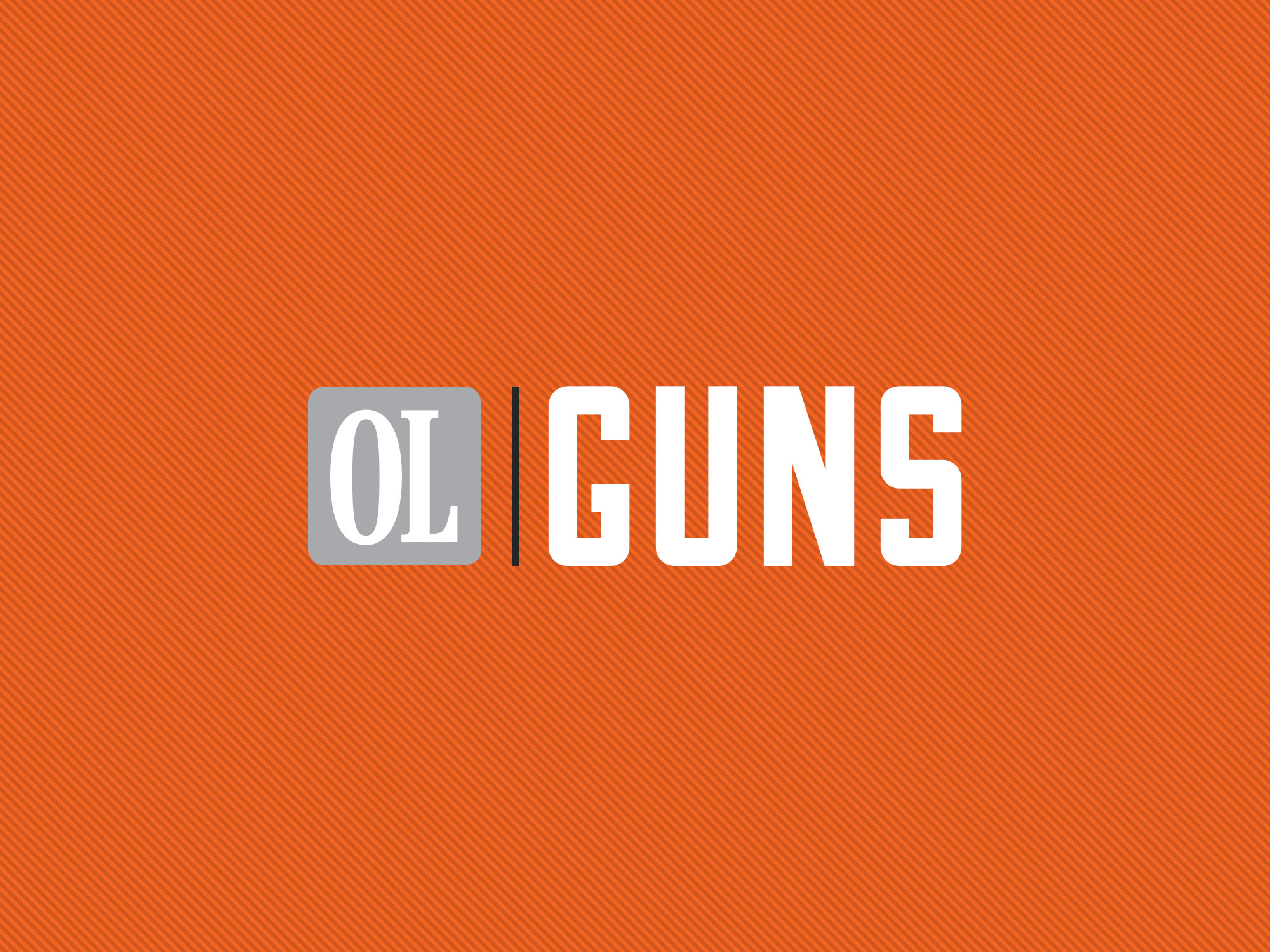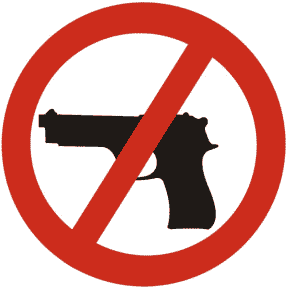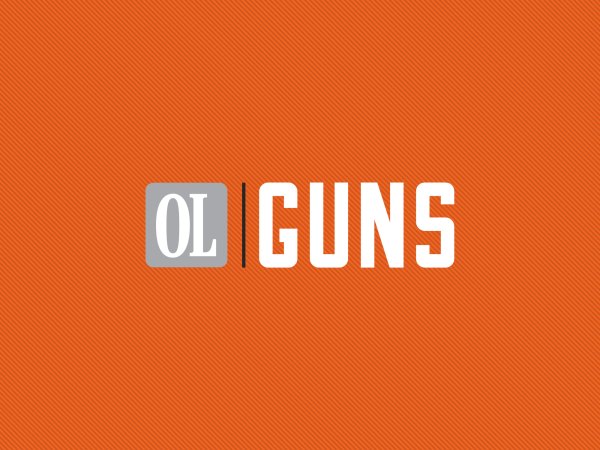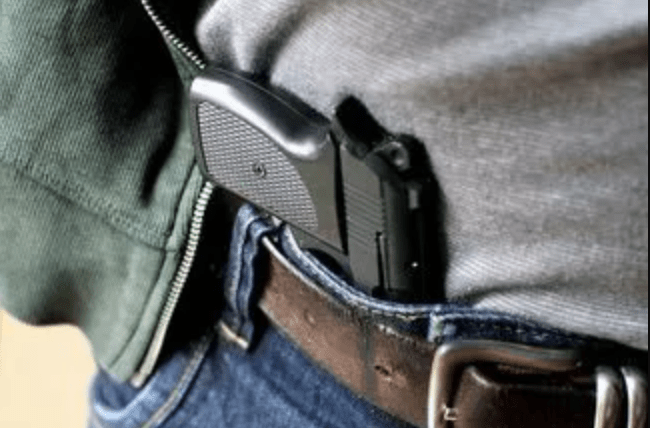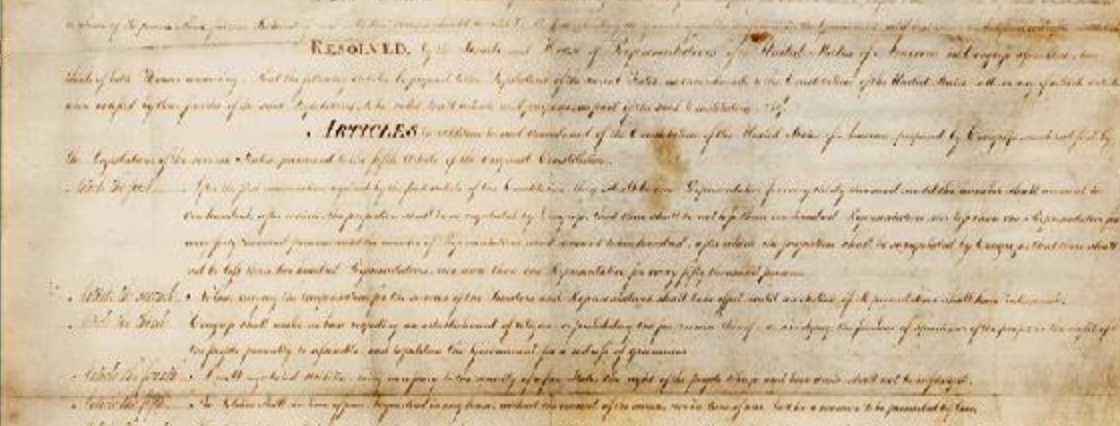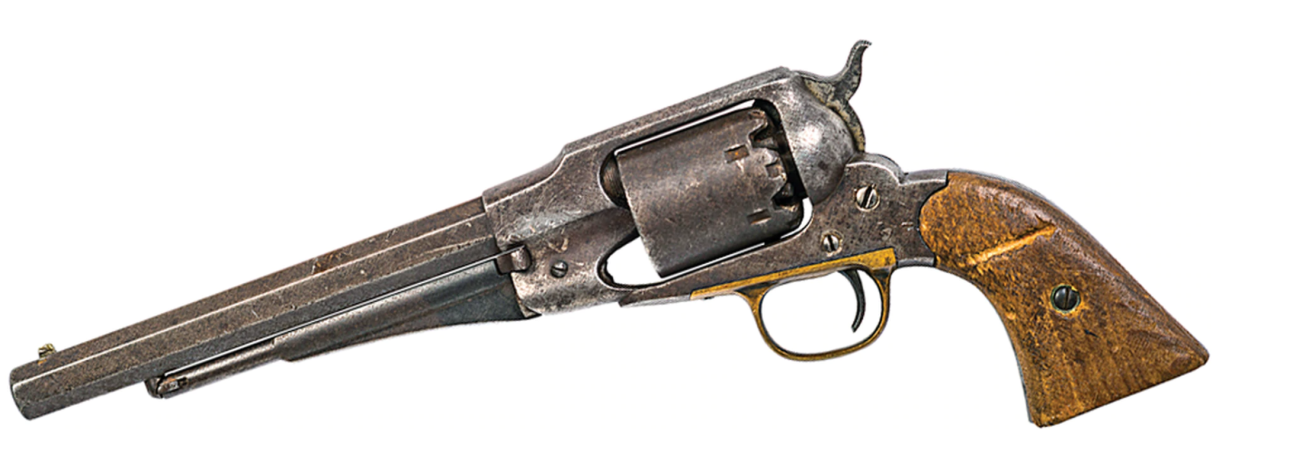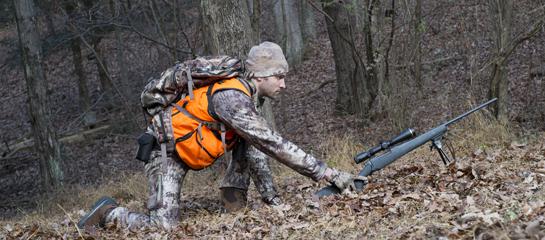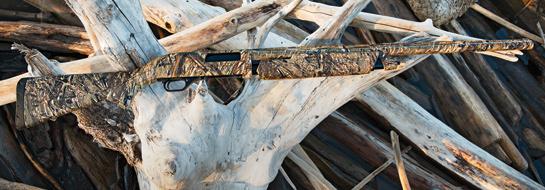We may earn revenue from the products available on this page and participate in affiliate programs. Learn More ›
A 2004 National Academies of Sciences study called firearms buyback programs a “flawed and fruitless exercise” that serve as “more political theater than effective policy” in addressing gun violence.
“The guns typically surrendered in gun buybacks are those that are least likely to be used in criminal activities,” the study says. “Old, malfunctioning guns whose resale value is less than the reward offered in buy-back programs or guns owned by individuals who derive little value from the possession of guns (e.g. those who have inherited guns).”
Yet, a number of record-setting gun buyback programs have been staged across the country since the Dec. 14 shooting at Sandy Hook Elementary School in Newtown, Conn.
A one-day gun buyback event in Los Angeles on Dec. 26 gathered 2,037 firearms, including 75 assault weapons and two rocket launchers, officials said. The total was nearly 400 more weapons than were collected in a similar buyback earlier this year.
To encourage participation, LA Police have a “no questions asked” policy. Residents received up to $100 for giving up their handguns, rifles, and shotguns and up to $200 for assault weapons.
In Oakland and San Francisco, officials collected nearly 600 weapons the day after the killings, making the event the most successful in those cities to date.
The San Diego County Sheriff’s Department’s Dec. 28th gun buyback program netted 360 more weapons than a similar effort last year. The collection included two Uzi-style handguns, a TEC-9, rifles, shotguns and many “antique weapons.”
Also on Dec. 28, the city of Bridgeport, Conn., collected 104 weapons on the first day of its gun buyback program. The city set aside $100,000 for their program.
In Camden, N.J., residents turned in more than 1,100 weapons on Dec. 22-23.
Now, Congressmen Gerry Connolly of Virginia and Ted Deutch of Florida have co-launched an effort to add a $200 million federal buyback program to a final fiscal cliff deal.
The buyback programs make people feel good — like they’re doing something to help resolve a problem — but, ultimately, they only truly benefit those who want to get rid of antiquated or malfunctioning firearms for a little cash or a gift certificate.
These programs will not take firearms from people who shouldn’t have them, critics say.
“It’s like trying to drain the Pacific with a bucket,” Alex Tabarrock of the conservative Independent Institute told USA Today in 2008. “There are an estimated 310 million guns in the U.S. — about one for every U.S. resident.”
L.A.’s buyback program usually takes place on Mother’s Day, but Mayor Antonio Villaraigosa moved it up to the day after Christmas following the shooting at Sandy Hook Elementary School. He said the collection at two locations was so successful that the city ran out of money for supermarket gift cards and got a private donation through the city controller to bolster the pot.
Few of the weapons posed much of a risk, including the 22 dilapidated handguns one guy showed up with and the two rocket launchers, which L.A. police described as “stripped-down shells” that can no longer be fired.
The former owners said the rockets were handed down by family members who had been in the military. They did not receive a gift card.
For more, go to:
— L.A. gun buyback program breaks a record
— LA’s Gun Buyback Program Is a Massive Success
— Gun Buybacks After Newtown: It’s a Race to Schedule Them
— L.A.’s gun buyback program produces long lines
— Rocket launchers surface during Los Angeles guns buyback
— Guns flood into police buyback programs, though critics have doubts about the idea
